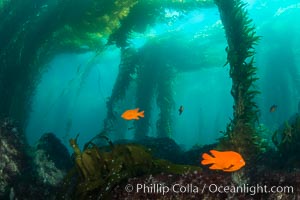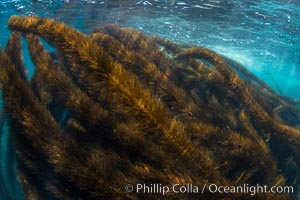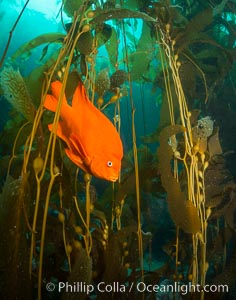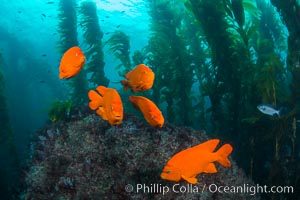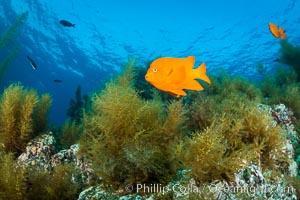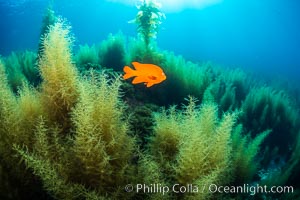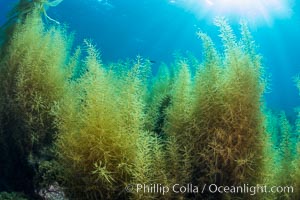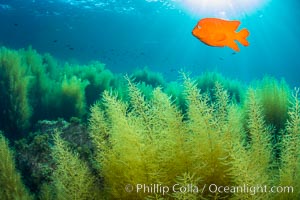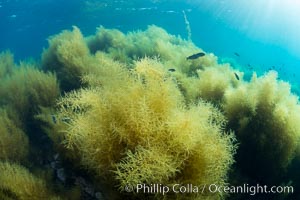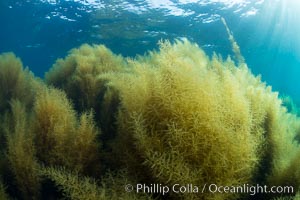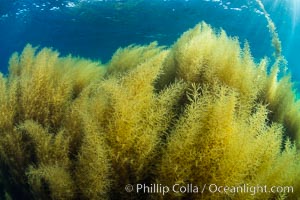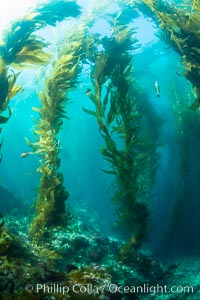
Sunlight streams through giant kelp forest. Giant kelp, the fastest growing plant on Earth, reaches from the rocky reef to the ocean's surface like a submarine forest.
Species: Giant kelp, Macrocystis pyrifera
Location: Catalina Island, California
Image ID: 33448
Species: Giant kelp, Macrocystis pyrifera
Location: Catalina Island, California
Image ID: 33448
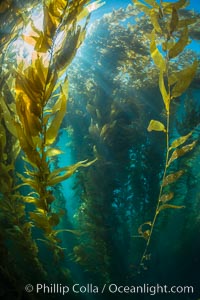
Sunlight streams through giant kelp forest. Giant kelp, the fastest growing plant on Earth, reaches from the rocky reef to the ocean's surface like a submarine forest.
Species: Giant kelp, Macrocystis pyrifera
Location: Catalina Island, California
Image ID: 33449
Species: Giant kelp, Macrocystis pyrifera
Location: Catalina Island, California
Image ID: 33449
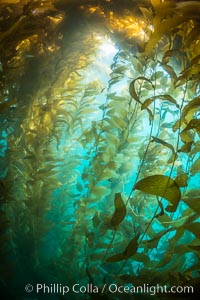
Sunlight streams through giant kelp forest. Giant kelp, the fastest growing plant on Earth, reaches from the rocky reef to the ocean's surface like a submarine forest.
Species: Giant kelp, Macrocystis pyrifera
Location: Catalina Island, California
Image ID: 33450
Species: Giant kelp, Macrocystis pyrifera
Location: Catalina Island, California
Image ID: 33450
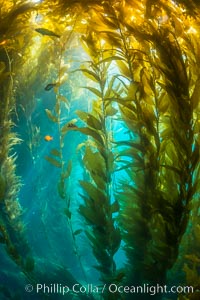
Sunlight streams through giant kelp forest. Giant kelp, the fastest growing plant on Earth, reaches from the rocky reef to the ocean's surface like a submarine forest.
Species: Giant kelp, Macrocystis pyrifera
Location: Catalina Island, California
Image ID: 33451
Species: Giant kelp, Macrocystis pyrifera
Location: Catalina Island, California
Image ID: 33451
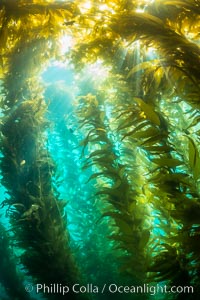
Sunlight streams through giant kelp forest. Giant kelp, the fastest growing plant on Earth, reaches from the rocky reef to the ocean's surface like a submarine forest.
Species: Giant kelp, Macrocystis pyrifera
Location: Catalina Island, California
Image ID: 33452
Species: Giant kelp, Macrocystis pyrifera
Location: Catalina Island, California
Image ID: 33452
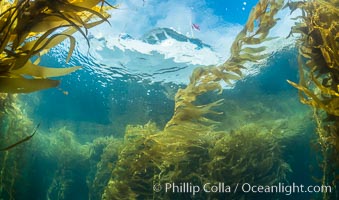
Dive boat Magician and kelp forest. Giant kelp, the fastest growing plant on Earth, reaches from the rocky bottom to the ocean's surface like a submarine forest.
Location: Catalina Island, California
Image ID: 34165
Location: Catalina Island, California
Image ID: 34165
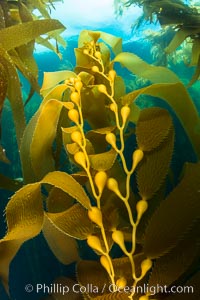
Kelp fronds and pneumatocysts. Pneumatocysts, gas-filled bladders, float the kelp plant off the ocean bottom toward the surface and sunlight, where the leaf-like blades and stipes of the kelp plant grow fastest. Giant kelp can grow up to 2' in a single day given optimal conditions. Epic submarine forests of kelp grow throughout California's Southern Channel Islands.
Location: Catalina Island, California
Image ID: 34166
Location: Catalina Island, California
Image ID: 34166
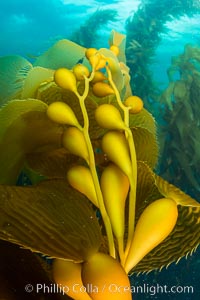
Kelp fronds and pneumatocysts. Pneumatocysts, gas-filled bladders, float the kelp plant off the ocean bottom toward the surface and sunlight, where the leaf-like blades and stipes of the kelp plant grow fastest. Giant kelp can grow up to 2' in a single day given optimal conditions. Epic submarine forests of kelp grow throughout California's Southern Channel Islands.
Location: Catalina Island, California
Image ID: 34167
Location: Catalina Island, California
Image ID: 34167
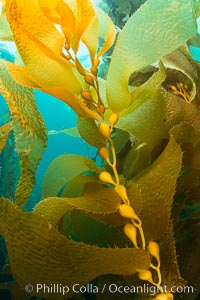
Kelp fronds and pneumatocysts. Pneumatocysts, gas-filled bladders, float the kelp plant off the ocean bottom toward the surface and sunlight, where the leaf-like blades and stipes of the kelp plant grow fastest. Giant kelp can grow up to 2' in a single day given optimal conditions. Epic submarine forests of kelp grow throughout California's Southern Channel Islands.
Location: Catalina Island, California
Image ID: 34173
Location: Catalina Island, California
Image ID: 34173
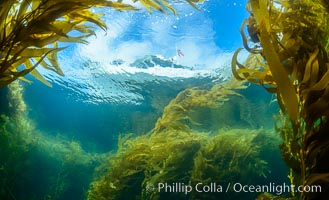
Dive boat Magician and kelp forest. Giant kelp, the fastest growing plant on Earth, reaches from the rocky bottom to the ocean's surface like a submarine forest.
Location: Catalina Island, California
Image ID: 34195
Location: Catalina Island, California
Image ID: 34195
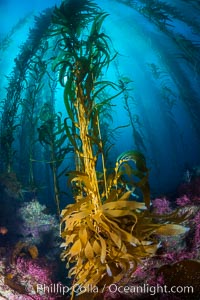
Kelp holdfast attaches the plant to the rocky reef on the oceans bottom. Kelp blades are visible above the holdfast, swaying in the current.
Location: Catalina Island, California
Image ID: 34211
Location: Catalina Island, California
Image ID: 34211
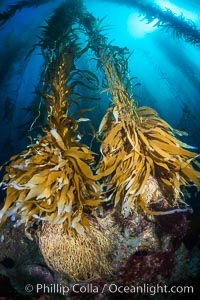
Kelp holdfast attaches the plant to the rocky reef on the oceans bottom. Kelp blades are visible above the holdfast, swaying in the current.
Species: Catalina island
Location: California
Image ID: 34213
Species: Catalina island
Location: California
Image ID: 34213
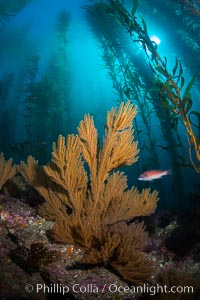
Golden gorgonian on underwater rocky reef, amid kelp forest, Catalina Island. The golden gorgonian is a filter-feeding temperate colonial species that lives on the rocky bottom at depths between 50 to 200 feet deep. Each individual polyp is a distinct animal, together they secrete calcium that forms the structure of the colony. Gorgonians are oriented at right angles to prevailing water currents to capture plankton drifting by.
Species: California golden gorgonian, Muricea californica
Location: Catalina Island, California
Image ID: 34214
Species: California golden gorgonian, Muricea californica
Location: Catalina Island, California
Image ID: 34214
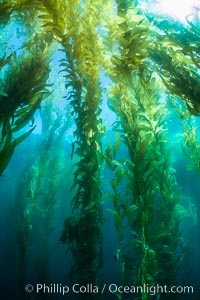
Sunlight streams through giant kelp forest. Giant kelp, the fastest growing plant on Earth, reaches from the rocky reef to the ocean's surface like a submarine forest.
Location: Catalina Island, California
Image ID: 34215
Location: Catalina Island, California
Image ID: 34215
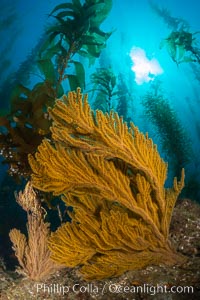
Golden gorgonian on underwater rocky reef, amid kelp forest, Catalina Island. The golden gorgonian is a filter-feeding temperate colonial species that lives on the rocky bottom at depths between 50 to 200 feet deep. Each individual polyp is a distinct animal, together they secrete calcium that forms the structure of the colony. Gorgonians are oriented at right angles to prevailing water currents to capture plankton drifting by.
Species: California golden gorgonian, Muricea californica
Location: Catalina Island, California
Image ID: 34217
Species: California golden gorgonian, Muricea californica
Location: Catalina Island, California
Image ID: 34217
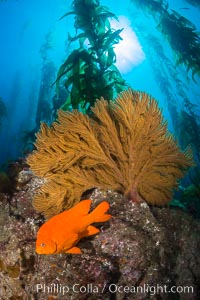
Garibaldi and golden gorgonian, with a underwater forest of giant kelp rising in the background, underwater.
Species: California golden gorgonian, Muricea californica
Location: Catalina Island, California
Image ID: 34218
Species: California golden gorgonian, Muricea californica
Location: Catalina Island, California
Image ID: 34218
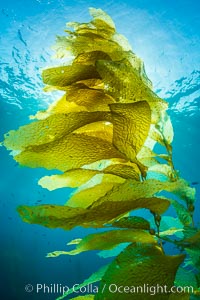
Sunlight streams through giant kelp forest. Giant kelp, the fastest growing plant on Earth, reaches from the rocky reef to the ocean's surface like a submarine forest.
Location: Catalina Island, California
Image ID: 34227
Location: Catalina Island, California
Image ID: 34227
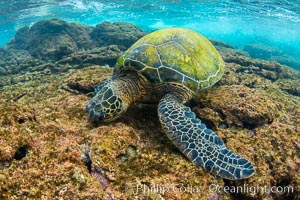
Green sea turtle foraging for algae on coral reef, Chelonia mydas, West Maui, Hawaii.
Species: Green sea turtle, Chelonia mydas
Location: Maui, Hawaii
Image ID: 34506
Species: Green sea turtle, Chelonia mydas
Location: Maui, Hawaii
Image ID: 34506
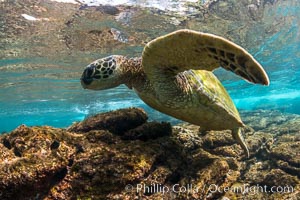
Green sea turtle foraging for algae on coral reef, Chelonia mydas, West Maui, Hawaii.
Species: Green sea turtle, Chelonia mydas
Location: Maui, Hawaii
Image ID: 34510
Species: Green sea turtle, Chelonia mydas
Location: Maui, Hawaii
Image ID: 34510
